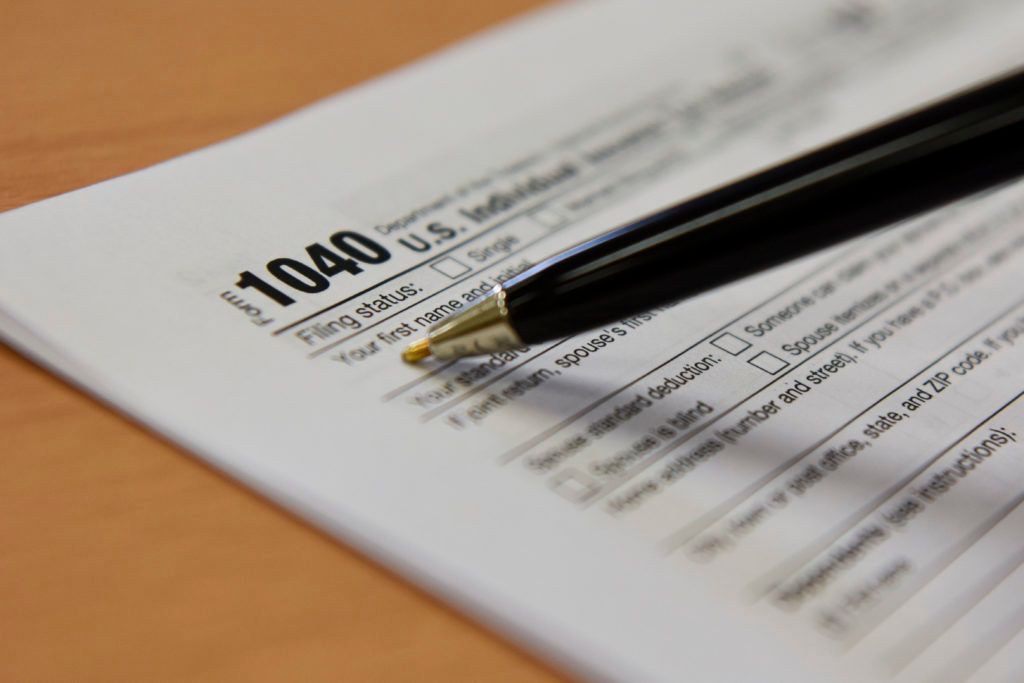IRS Revenue procedure regarding Section 199A, it affects you and how you calculate your taxes.


Once again IRS revenue procedures have been updated. In this case, the changes relate to businesses. These savings may be garnered with an additional deduction of up to 20% of the taxpayers qualified business income, for non-corporate taxpayers, operating through partnerships, S corporations or sole proprietorships. This change is significant, and I urge you to reach out to your tax advisor to strategize the best course for you and your investments.
Section 199A was enacted on December 22, 2017, and was amended on March 23, 2018, retroactively to January 1, 2018, by the Consolidated Appropriations Act, 2018, Pub. L. No. 115-141.
The Treasury Department and the IRS wanted to clarify the rules and prepared a document* to explain the Section 199A deductions. This article below aims to explain the rules as written.
Rules of Application
Safe harbor. Solely for the purposes of section 199A, a rental real estate enterprise will be treated as a trade or business if the following requirements are satisfied during the taxable year with respect to the rental real estate enterprise:
- Solely for purposes of this safe harbor, a rental real estate enterprise is defined as an interest in real property held to produce rents and may consist of an interest in multiple properties.
- The individual or relevant pass through entity (RPE) relying on this revenue procedure must hold the interest directly or through an entity disregarded (such as an LLC) as an entity separate from its owner under § 301.7701-3.
- Taxpayers must either treat each property held, for the production of rents, as a separate enterprise or treat all similar properties held for the production of rents as a single enterprise (i.e. owned by the same LLC).
- Commercial and residential real estate may not be part of the same enterprise. (There is a question regarding the treatment of mixed-use buildings under this ruling, that has not been resolved yet)
- Note: Taxpayers may not vary this treatment from year-to-year unless there has been a significant change in facts and circumstances.
- This includes a deduction of up to 20 percent of aggregate real estate investment trust (REIT) dividends and qualified publicly traded partnership income.
Additional Safe Harbor Requirements (A) Separate books and records are maintained to reflect income and expenses for each rental real estate enterprise; (B) For taxable years beginning prior to January 1, 2023, 250 or more hours of rental services must be performed (as described in this revenue procedure) per year, with respect to the rental enterprise. For taxable years beginning after December 31, 2022, if in any three of the five consecutive taxable years that end with the taxable year 250 or more hours of rental services are performed (as described in this revenue procedure) per year with respect to the rental real estate enterprise; and
The taxpayer maintains a record of the following:
- Hours of all services performed.
- Description of all services performed.
- Dates on which such services were performed.
- Who performed the services.
Rental activities allowed in the 250 hours for the purpose of this revenue procedure include:
- Advertising to rent or lease the real estate.
- Negotiating and executing leases.
- Verifying information contained in prospective tenant applications.
- Collection of rent.
- Daily operation, maintenance, and repair of the property.
- Management of the real estate.
- Purchase of materials.
- Supervision of employees and independent contractors.
- Rental services may be performed by owners or by employees, agents, and/or independent contractors of the owners.
The following tasks are excluded and not allowed to be counted as part of the 250-hour Safe Harbor:
- Financial or investment management activities, such as arranging financing.
- Procuring real estate.
- Studying and reviewing financial statements or reports.
- Planning, managing, or constructing long-term capital improvements.
- Hours spent traveling to and from the property.
Clearly Excluded from Safe Harbor:
- Real estate used by the taxpayer including an owner or beneficiary of an RPE (relevant passthrough entity), as a residence, for any part of the year.
- Real estate rented or leased under a triple net lease for purposes of this revenue procedure, a triple net lease includes a lease agreement that requires the tenant or lessee to pay (at least a portion of) rent, utilities, maintenance, taxes, fees, and insurance
- LLC’s where commercial and residential real estate are part of the same enterprise, such as an apartment complex and industrial building in the same LLC.
These rules place the burden of keeping time spent records of the rental services, on the Taxpayer. The work can be performed by a combination of owners, agents, and contractors. The key will be that all those involved in an investment will need to keep time records starting January 1, 2019, and will need to consolidate them for the next tax year.
The goal, of course, is to obtain 250 Hours of Services to qualify for the Safe Harbor and the tax savings.
You should talk with the managing partner of the pass-through entities you own and make sure these requirements are being meet starting January 1, 2019.
Don’t have 250 hours?
Should you not be able to reach the 250 Hour threshold to shelter your income, you can instead focus on reducing income instead to reduce tax expenditures.
To reduce income, property owners may want to consider cost segregation studies to increase/accelerate depreciation. One of our clients recently saved over $1,000,000! This strategy is especially effective if you continue to utilize 1031 exchanges as you grow your net worth.
Also, under the new law , improvements to the interior of a building may qualify for bonus depreciation. Unfortunately, there seems to be a wording error in the legislation, which will need to be fixed by Congress. The error in the legislation is technical, so property owners will want to consult their tax advisors to determine what position they want to take on the error.
Summary
The Treasury Department and the IRS have clarified their understanding of Section 199A of the revenue code. In this case the changes relate to businesses and additional savings that can be garnered with an additional deduction of up to 20% of the taxpayers qualified business income for non-corporate taxpayers including businesses operated through partnerships, S corporations or sole proprietorships.
Your goal as a real estate investor is to reach the 250-hour safe harbor mark so you can take these deductions. This will not be easy. If you are excluded from the safe harbor, look for ways you can accelerate depreciation so you can save on taxes instead. This tax change is significant and very complicated. I urge you to reach out to your tax advisor to strategize a best course for you and take advantage of the tax savings today.
*IRS notice 2019-07 ( https://www.irs.gov/pub/irs-drop/n-19-07.pdf ) explains the administrative rules and defines a safe harbor for real estate investors as is defined in Section 199A of the Code.
Article By: Cliff Hockley
The post IRS Revenue procedure regarding Section 199A, it affects you and how you calculate your taxes. appeared first on Texas Investor Loans.
Recent Posts












